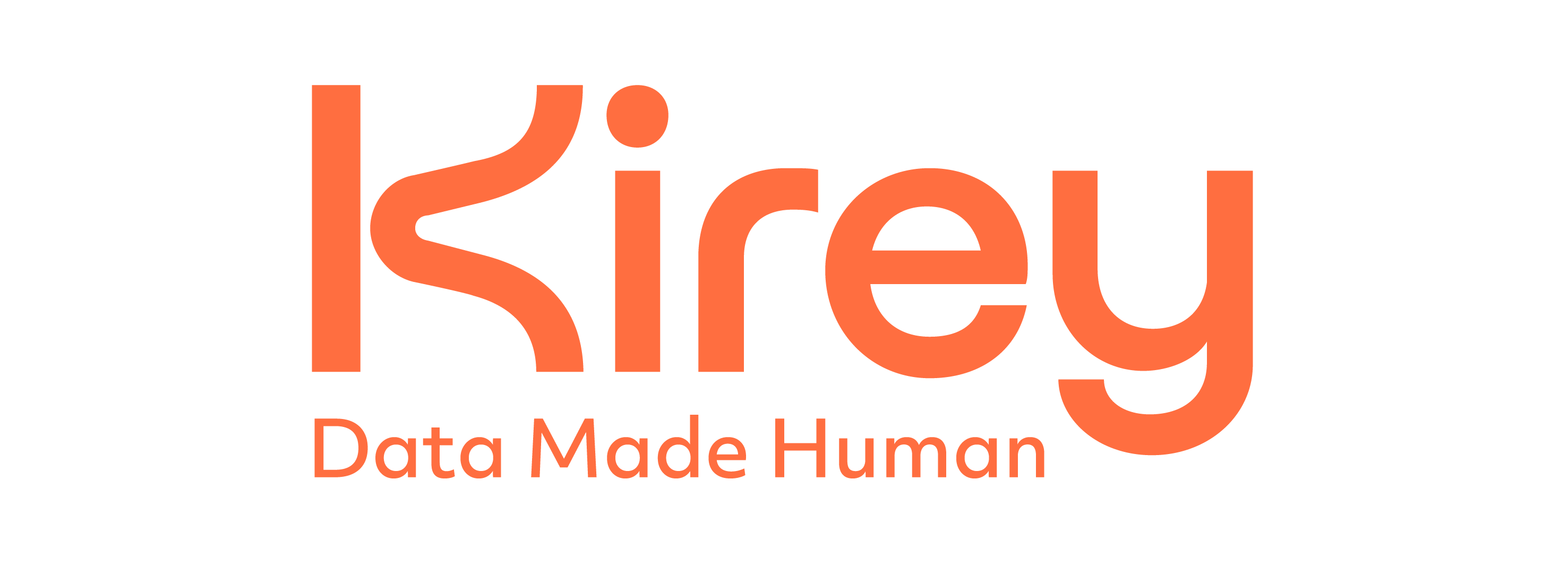Machine Leaning is simply incredible.
It allows to leverage data to obtain information we could not possibly retrieve otherwise. Which is awesome. But adopting Machine Learning into actual production requires to overcome several obstacles which represented the main reasons why ML isn’t widely spread as it should.
Here we are going to explain the major obstacles that we are commonly encountering while pushing this technology to our client base.
Not enough data
With ML we teach a computer how it should behave showing examples and examples are “data”. A well designed ML model is, in fact, able to “learn” from data.
But if we don’t have enough data the model will be underperforming, therefore the question “do you have data?” and “how much data do you have?” are the first dilemma we should ask ourselves when thinking about adopting Machine Learning into our business.
Funny enough: by our experience lack of data is often caused by the fact that most information aren’t tracked and stored. Exactly: often data are just “thrown away” because “we didn’t think it would be useful”. This means that enabling Machine Learning means to start storing useful information (and if we need historical data means that we would delay adoption for some time).
Assumed we have data, the next question should be: “are those data enough?”. Which is a very tricky question since we don’t really know if data are enough until we took a good look at it.
But, at least, there’s hope. Modern technology, for example, can overcome lack of data leveraging “transfer learning”. Have you ever tried Google Auto ML? It can learn how to catalogue pictures by looking very few example. This is possible exactly because of “transfer learning”, their model doesn’t start from scratch but is already pretty good on understand images… therefore requires little data to understand our current need.
Incomplete data
Sometime our client have plenty of data. They often have humongous data lakes with just about everything… at least until you try to solve a particular use case, to find out that you don’t have the particular information that you need. "When the going gets tough, the tough get going"
But over the last 10 years technology has improved at the point that we are able to squeeze information form data in way that weren’t just possible before. Again: there’s always hope.
Inertia to innovation
It’s a different paradigm and a different workflow. We get it: it’s a big pill to swallow for an established business. Especially if this business is old, it means they have along list of successes on doing things in a certain way.
In this world, adopting ML isn’t about being a “early adopters” but not being “late adopters”. Efficiency can be the difference between survival or extinction when the black swan comes (and probably it already arrived, thinking about the pandemic).
We think that, in this fast pacing world, business should fear “being the dinosaur when the comet comes” instead “I tried something, it didn’t stick”.
Innovation is key and ML is still the most innovative initiative for a business.
Failure to understand (or trust) Machine Learning
It’s very hard to trust something that you don’t understand and people still think ML is a (magical) Black Box that comes up with (hopefully correct) answers.
This is probably the big remaining myth about Machine Learning. But we‘ll stating: this is not magic, just mathematics. Honestly, ML isn’t even complicated math, just a bunch of it. It can be explained and we are willing to do it. People is usually surprised by the great insights that come up from looking at a model behavior, therefore it won’t even be a boring task.
Unfathomable ROI
We noticed that the crucial point is always the Return Of Investment.
When it is possible to put a number on the benefits of adopting Machine Learning, everything comes easily in place. But sometimes isn’t so easy to put a value on “customer experience”, “better understanding”, “meaningful insights” etc. unless we really put an effort on defining it.
In our experience, without defining a metric for the end result of our initiative it’s very hard to reach production deployment. For this reason we always insist on starting from asking yourself “where’s the value? What I want to achieve?”. From this base is very easy to define scenarios and quantifying the ROI.
Conclusions
Adopting Machine Learning in actual production isn’t an easy tasks, mainly for the reasons we just highlighted. But isn’t impossible to get it done and there’s a big reward at the end of this process, which justifies the effort.
We Shape Your Innovation
Kirey Group can support your company along the digital transformation path, providing specific know-how in tech innovation, process management and the necessary consulting to implement business strategies and a wide range of IT solutions designed on the needs of some of the main market sectors.


